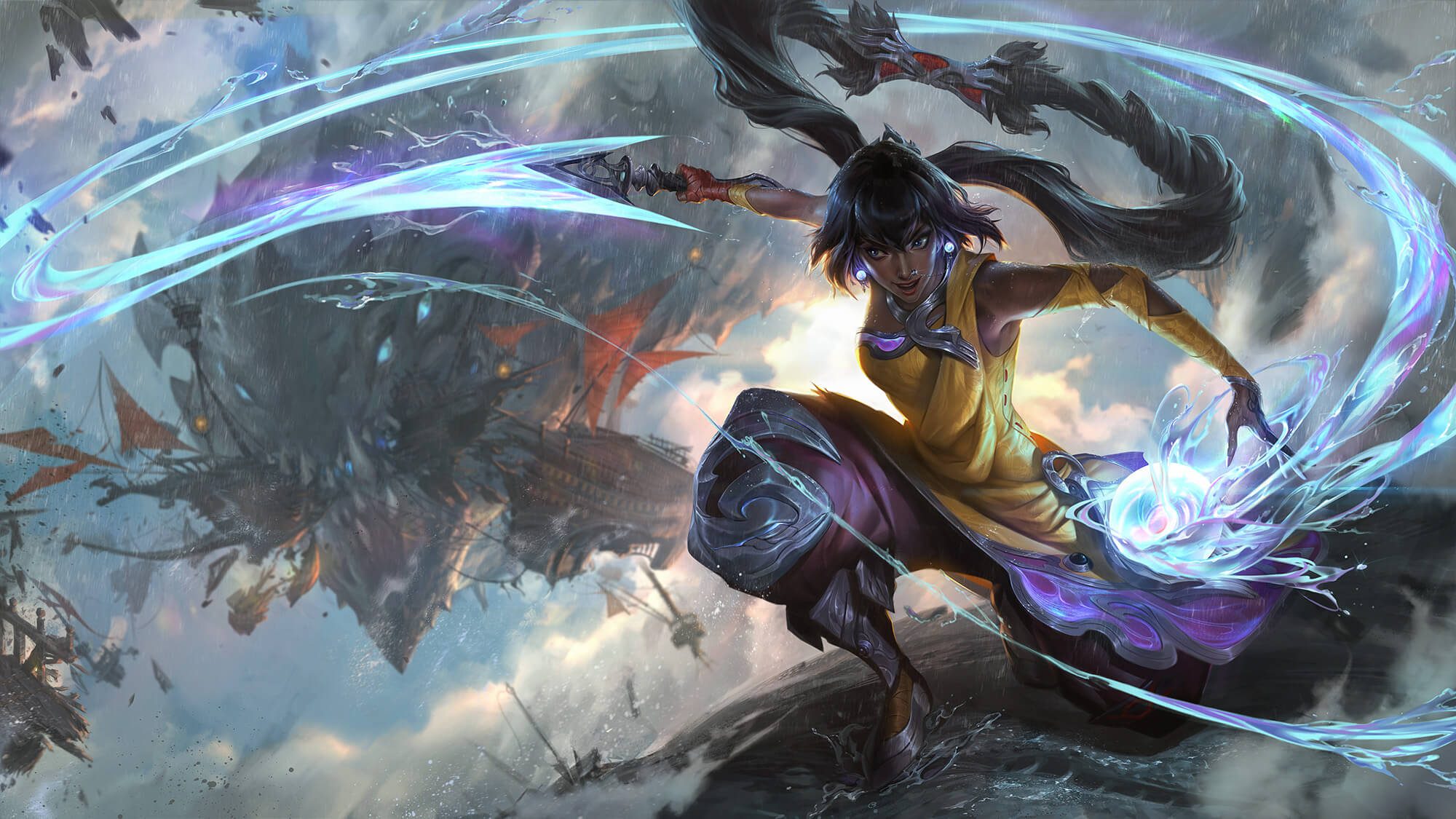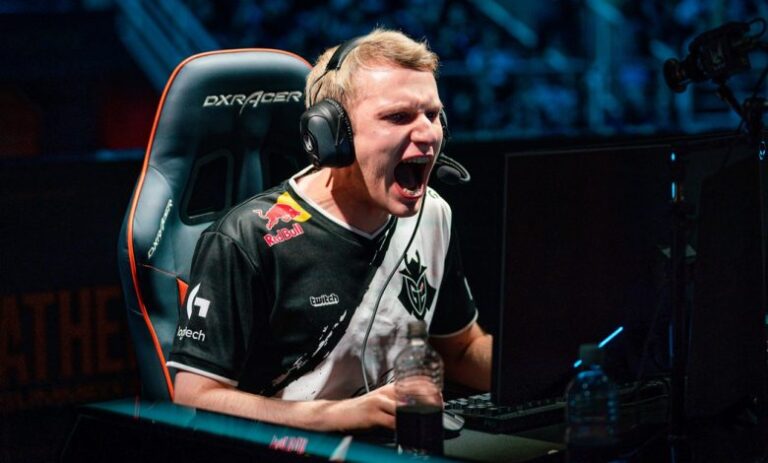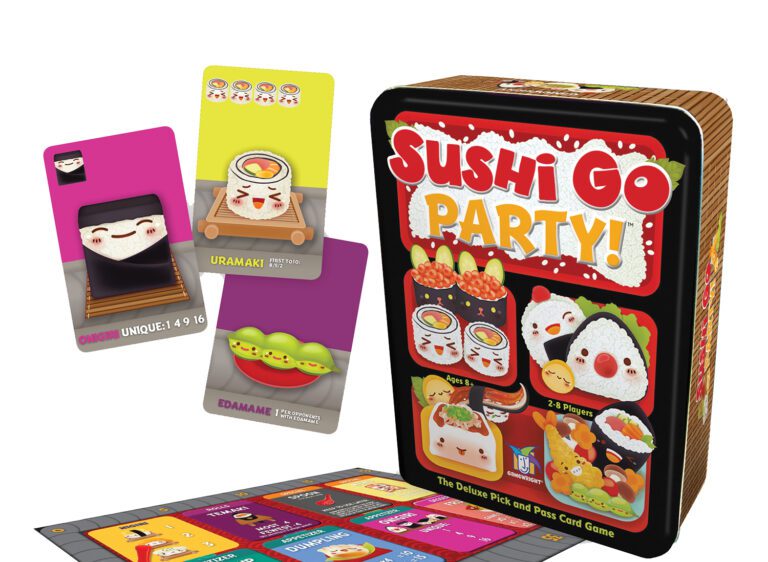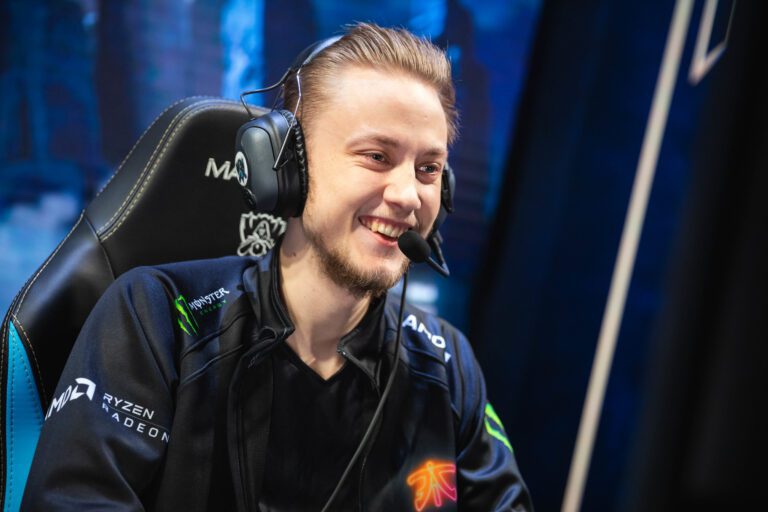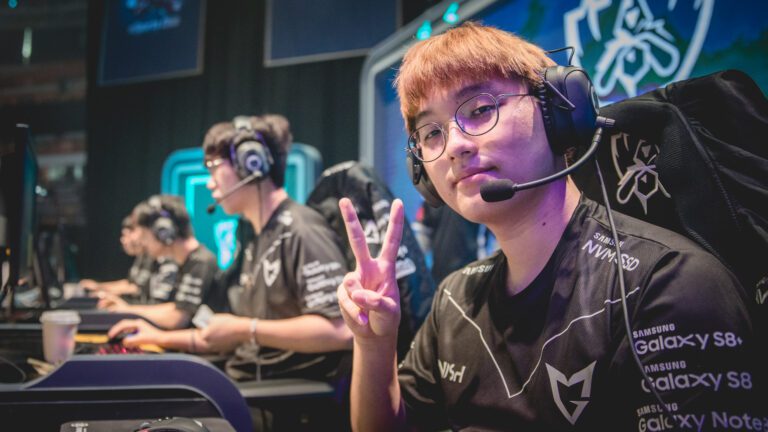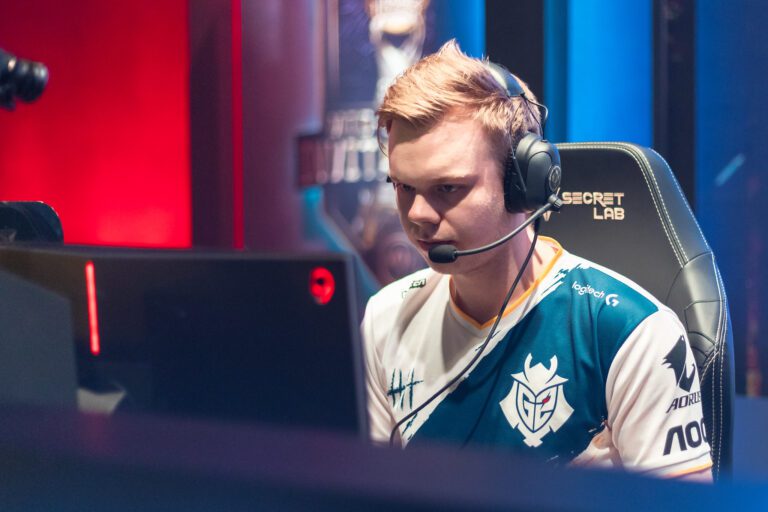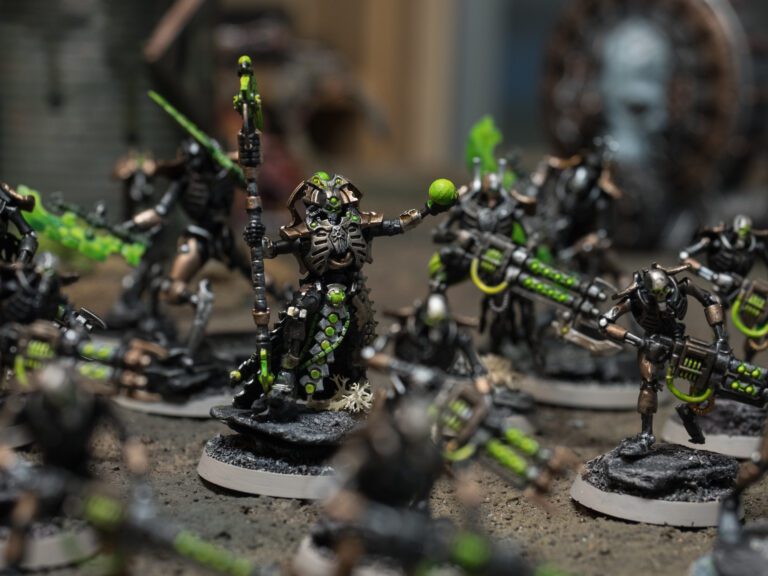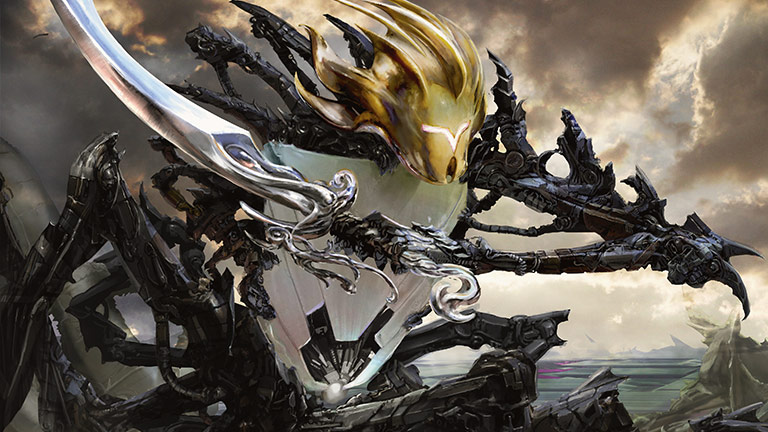Introduction
During the last decade the unprecedented success of League of Legends entailed one of the most important paradigm shifts to ever take place in gaming. Modern esports cannot be understood without League’s influence and the “legends” it gave birth to, such as that of Faker.
League forced change in the market, ending the practical monopoly of the traditional pay-first business models in the industry by favoring free-to-play microtransaction ones that offered a well-rounded experience.
Nevertheless, having already lived through its youthful years Riot Games’ star product now faces several challenges. Starting with the inevitable, the game has long lost its novelty factor, something which could pose a problem in regard to its competition and the growth that the title may strive to experience in the future.
The market has matured, though that is not what I am going to write about right now.
A matter of size
Concerning the well-being of League’s metagame, and therefore the viability of its competitive scene, I would like to discuss the threat that expanding the champion pool poses.
If left unchecked, this growth will likely harm the experience offered by the game; some would argue that it already has.
When League was first launched into the market it just had a meager 17 champions to its name. At the time of writing the game now comes with a roster of more than 160, showing no signs of stopping.
Naturally, Riot has good reasons for designing new characters to add into Runettera. Doing so develops the franchise’s lore, creates new hero and villain story threads and helps in generating an excitement mill which ends up translating to sales once champions are released.
From a commercial perspective, which has to be the one followed by any private company, Riot is not doing anything out of the ordinary; it is doing as it should.
So, why is it then that the size of the champion pool could be problematic?
Priority and player weariness: the dynamic of champ select
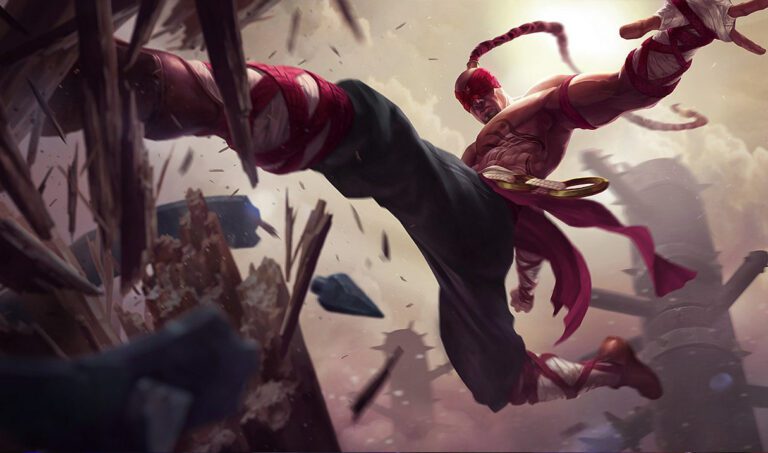

It is my opinion that the continuous addition of playable agents will end up forcing changes in the pick and ban system, as well as in both the play style and set of skills of professional competitors.
Let’s think about this topic for a little bit. In League of Legends one of the main guarantees given to any player is the possibility of banning a champion he does not want to face before a match.
Usually, players ban that against which they have a bad pairing, either because they become psychologically annoyed or because the banned champions’ kit effectively counters the champion they themselves wish to choose.
They also tend to veto champions that are strong in the active metagame. In fact, it is not rare for newly-released ones to belong to this latter group.
Now, imagine what happens every time the champion pool is increased (let’s call this variable
N). Every single time the player stays with the same number of bans (in this case 1), but the quantity of champions to select during the draft phase grows.
With two teams of five players each a total of 10/N champions can be banned; the implication being that in relative terms the percentage of bannable champions keeps shrinking over time.
The larger N becomes, the less significant the choice of banning is, and this is inconvenient because of three observations:
- The player who chooses before their lane opponent exposes himself to a greater chance of being counterpicked, which at the same time is disadvantageous and frustrating for both him and the team.
- Statistically speaking, due to the sheer size of the population pool the number of overpowered champions progressively exceeds the number of possible bans that act as countermeasures against them. From a rational game theory standpoint, in order to win players must choose the champions which maximize their probabilities of success, and therefore they will choose those considered to be most powerful.
- As a corollary of the previous two points, due to the smaller coordination of Solo Queue situations where teams lose because one or two members pick a non-powerful champion are worsened. A good example of this are the so-called “ego picks” like Lee Sin, which despite having some of the worst win rates even at high levels of play remain quite popular. In quantifiable terms this means that the chances of correctly guessing the outcome of a game based on champ select alone will increase.
Regarding the third point and not wanting wrong interpretations, the observation can be made that, because the amount of powerful champions increases, the chances of any individual player choosing wrong decrease.
This may be very well be true in a relative sense, but we have to take the following into account: as more champions are introduced the higher likelihood there is for there being imbalances even among strong champions, which in turn leaves those ranked weakest at an even greater disadvantage.
The argument made in the third point is not one of the event being more probable, but rather that when it does happen (one team member making a clearly subpar choice) the outcome becomes more obvious and consequently much more frustrating.
Do not underestimate the importance of the observations made, especially the first and the third one because they are some of the main culprits behind League of Legends being a vexing game to play.
If at low and mid elo Solo Queue becomes more infuriating than it already has the potential to be then a mass migration from the most important customer segment may ensue. This has happened to other games before.
Design consequences
It is no secret that power creep is an endemic and unavoidable phenomenon in the industry of competitive games, whatever forms they may take.
For League’s designers and game balancers, the fact that there are more elements to supervise and maintain under control may lead to a more item-oriented approach.
In fact, standardization via shop items has already begun; part of the motivation behind implementing the shop rework a few years back, with mythics and legendaries, stemmed precisely from the idea of simplifying build paths for champion classes.
This allows for patch data analysis exploration to better infer whether a balance problem originates from either object or assigned champion statistics.
The main con of the approach, however, being that adjusting the numbers of an object greatly influences the power of champions when compared to the past.
Competitive vs Solo Queue Play
In Solo Queue the consequences seem to be quite straight and clear. Expanding the champion pool will lead to greater instability and unpredictability in champ select.
As such, and although we can never be 100% certain, additional champion bans will have to be introduced somehow. Perhaps rank-progressive bans or class-type bans could be implemented.
Unfortunately, one of the issues that a higher number of bans generates is that of extending the duration of champion select.
For professional teams, the pregame is an important phase as it is the moment where coaches have direct impact over the dynamic and outcome of a match. It is there where the difference between a good coach and a great one shines through.
Sadly, the pregame is also the most boring phase to watch as an average spectator, who most likely wants to jump right into the action.
Extended duration again matters because it compounds over a long sample of games and rounds, meaning that it demands more hours, more costs, more time to lose the watcher’s interest, etc.
But the consequences of more bans do not end there. Increasing them would imply empowering, perhaps unfairly, teams that would direct bans towards a specific player or lane (aka. sniping)
With increased bans one can, for example, better attack the specific roster of a particular bot lane or jungler. When four or five combinations or champions are viable within a competitive role, a higher quantity of bans could theoretically sentence the fate of some games long before they started.
As mentioned, to curb these undesired effects a ceiling quota could be introduced so that champions of different classes have to be banned instead of a single class type, yet even this could cause its own problems when it comes to champions with a flexible role.
Whatever the case may be, the problem of size is one that Riot must confront when the time comes. The same as with power creep, not acknowledging its presence will not fulfill anything useful for the company. Assessing when that moment may come and understanding the available options to deal with it are matters that Riot employees should think about.
- It’s been decades since Warhammer opted for releasing new codexes for their factions and new editions for their game. That is, Games Workshop chose modalities and reworks as their solution (though I would not necessarily say “balanced” is the better way to describe the state of Warhammer’s metagame).
- Magic and Hearhtstone did the same by creating new formats which periodically rotate their card pool. This principle does not seem to be very applicable to MOBAs.
- Counter Strike solves the issue by barely implementing changes that do not relate to aesthetics, banking on the bare-bones popularity of its shooter premise.
- Starcraft 2 took the most aggressive route and completely gave up on fixing the worst aspects of its multiplayer, changing the economic system entirely and for the worse.
It will be interesting to witness what Riot Games comes up with.
Also available in:





